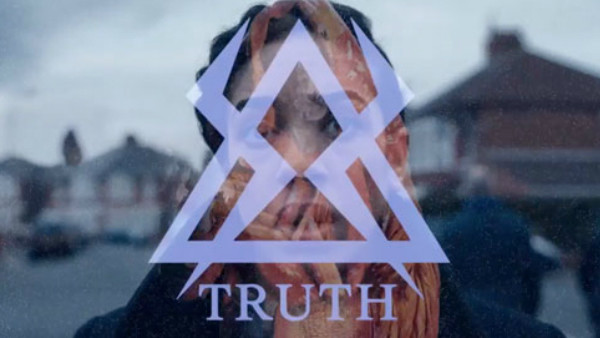Doctor Who Series 10: 7 Big Questions We're Asking After 'The Lie Of The Land'
A look at some of the unanswered questions arising from the latest episode.

The Lie of the Land rounded off the series 10 trilogy of the
Monks in controversial fashion, with some viewers feeling cheated by the much
publicised faux regeneration and others worried that the ending was all a
little bit sentimental. Thankfully though, the resolution didn’t play out as
many fans were speculating and this dystopian Earth ruled by the Monks was the
real deal and not another simulation.
Instead humans were being brainwashed (1984 fashion) into believing that the Monks had been a benevolent force from the beginning of history, and it was up to Bill, Nardole, and the Doctor to break the illusion - thereby forcing the Monks to do a runner. The reset button was of a very different kind, one that didn’t bring back the lives of those already killed by the Monks
The plot was straightforward, allowing plenty of opportunity for Whithouse to add some truly laugh out loud lines of dialogue and well as perhaps an overindulgent section on the Doctor’s clever but not-so-nice method of testing Bill, and the subsequent reaction when she passes.
But ending such a major threat so quickly nevertheless left many unanswered questions. From the Doctor’s actions to the tantalising possibility that Missy might just be succumbing to his own form of manipulation there is plenty of room for some good old-fashioned speculation.
7. Why Did The Doctor Fake A Regeneration?

Let’s get the elephant in the room out of the way first. Prior to its transmission, the biggest talking point about this episode was the Doctor’s possible regeneration. Trailers suggested a full blown transformation, leading to rumours that the thirteenth Doctor could make a surprising debut, with the rest of the series played out as flashbacks. Others speculated that the Doctor might temporarily regenerate in an alternative timeline or an Earth simulation. Some even posited that this could be a trial run for the first female Doctor.
The excitement never reached the level of The Stolen Earth cliff-hanger, in which the Tenth Doctor started to regenerate after being exterminated by a Dalek. Nobody was going to be fooled a second time into believing that the lead could change sooner than expected, not with Capaldi already credited for the rest of the series and the Christmas special. Therefore the assumption was that this had to be something much cleverer than an aborted regeneration.
But a fake regeneration, just to make sure that Bill wasn’t under the Monks’ control? The whole scene felt unrewarding and made the Doctor out to be nasty, with the laughter afterwards compounding that cruelty. Why didn’t he simply test Bill with a few questions, just as she did with Nardole? Casting aside the uncomfortable notion that the Doctor believed he could goad her into it, is it even credible that Bill - who has such faith in him - would pull the trigger?
It’s hard to offer a reason beyond the fact that this was all part of a publicity stunt to drum up interest for the middle of the series. At best we can suggest that it was a sign of the Doctor’s alien logic, in contrast to Bill’s human approach.